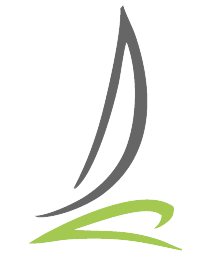Why We Recommend Drawing Down from Multiple Assets
Retirement income planning is not once-size-fits-all; it can depend on lifestyle, the source of your assets, what you’re invested in, and more. There is one thing we can all count on in retirement, however: tax. And while it can’t be avoided altogether, proper planning can help you to reduce your taxes payable.
As you may know, age 71 is the age by which minimum annual withdrawals from your Registered Retirement Income Fund (RRIF) must begin to be made. Comprised of investments which allow for your balance to continue to grow tax-sheltered, once withdrawn, these funds become treated as taxable income. Plus, other non-tax-sheltered financial assets can arise during retirement from a number of sources, such as the sale of an investment property, the downsizing of your home, an inheritance settlement, and more.
To mitigate potential tax issues, it may be worthwhile to run some analysis, with consideration for taking out income from your RRIF earlier than the prescribed age of 71. Keeping it in tact as long as possible holds the potential to increase what is left in your RRIF, leaving you exposed to higher income tax brackets. A retirement income plan which involves drawing from a blend of sources, such as your TFSA, CPP, OAS, dividends from your corporation, and life insurance cash value will leave you in a better place overall tax-wise.
To learn more, we suggest reading this interesting article on the topic. Looking to discuss planning for your future further? Ready when you are.
